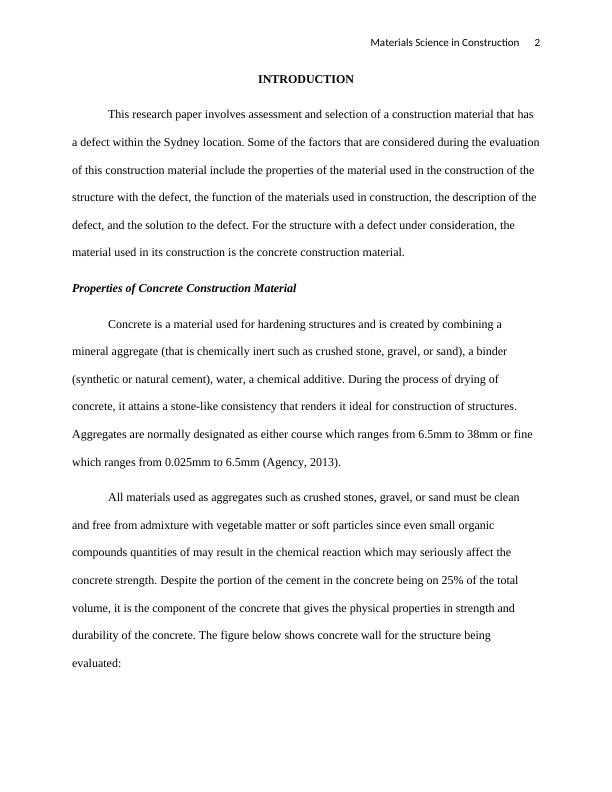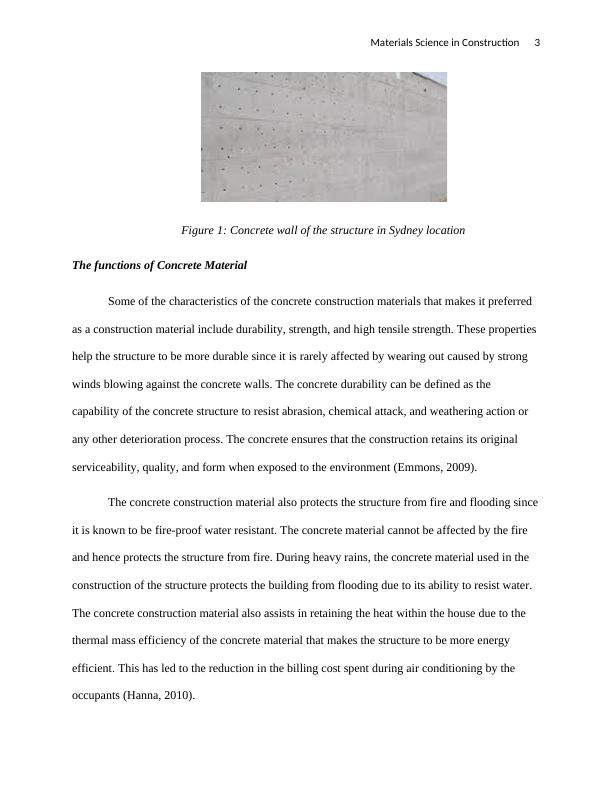Materials Science in Construction: Honeycomb Defect and Its Solution
Carry out an individual investigation of a material used in construction, focusing on a material defect in a building in the Sydney region.
8 Pages1732 Words68 Views
Added on 2023-06-12
About This Document
This research paper involves assessment and selection of a construction material that has a defect within the Sydney location. Some of the factors that are considered during the evaluation of this construction material include the properties of the material used in the construction of the structure with the defect, the function of the materials used in construction, the description of the defect, and the solution to the defect. For the structure with a defect under consideration, the material used in its construction is the concrete construction material.
Materials Science in Construction: Honeycomb Defect and Its Solution
Carry out an individual investigation of a material used in construction, focusing on a material defect in a building in the Sydney region.
Added on 2023-06-12
ShareRelated Documents
End of preview
Want to access all the pages? Upload your documents or become a member.
Construction Defects Assignment PDF
|8
|1596
|201
Concrete in the Sydney opera house
|20
|4460
|371
Engineering Material: Properties and Testing Methods
|15
|3111
|144
Reinforced Concrete Concrete
|17
|6688
|153
Selection of Building Materials: Raw Materials, Manufacturing Process, Onsite Installation, Testing Techniques, Advantages and Disadvantages
|13
|2197
|249
Seashell Pervious Concrete: A Green Substitute for Conventional Pavements
|6
|2928
|226



